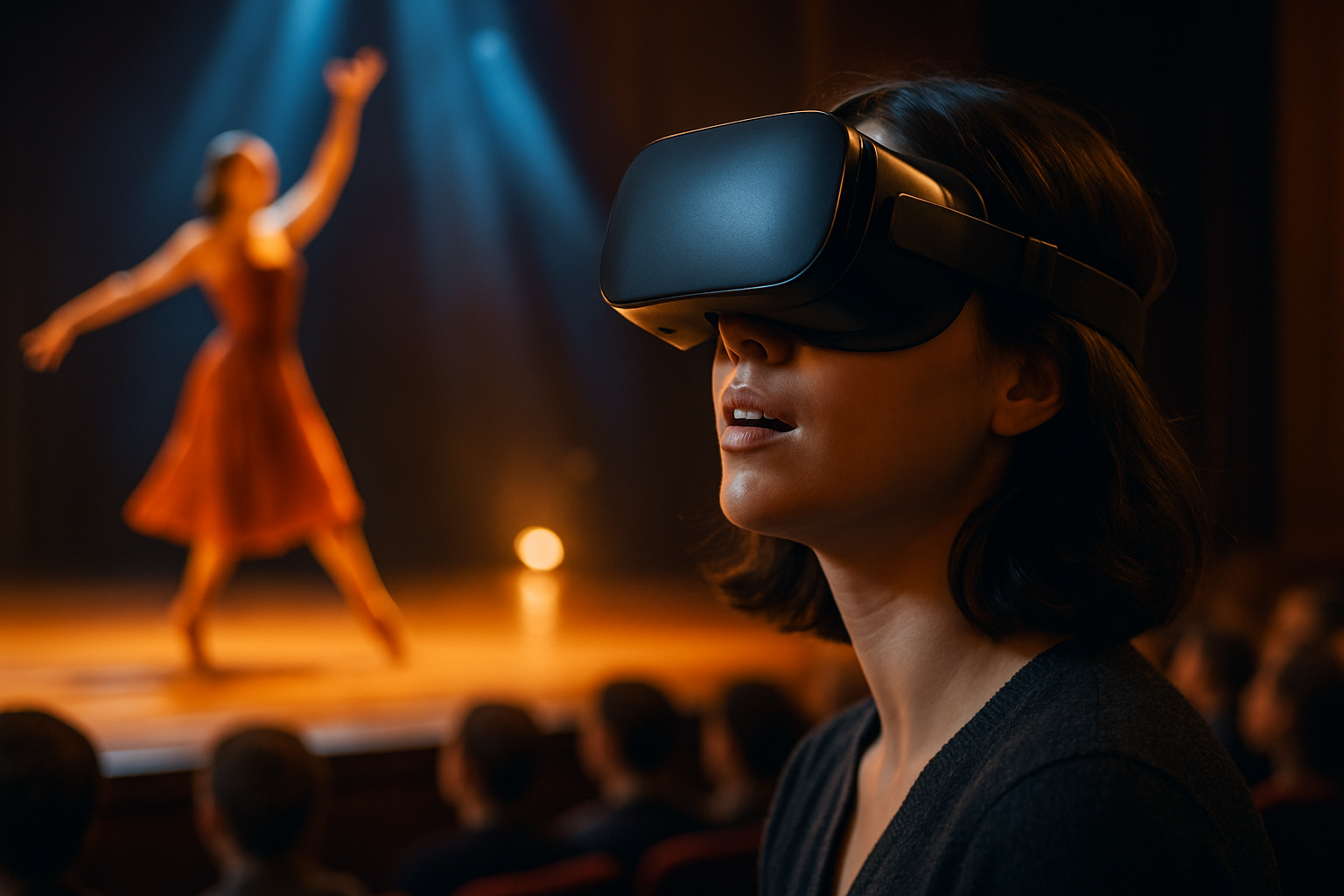The Enigmatic World of Holographic Theater
In a groundbreaking fusion of technology and performing arts, holographic theater is emerging as a revolutionary medium that challenges our perceptions of live performance. This cutting-edge art form blends traditional stagecraft with advanced holographic projections, creating immersive experiences that blur the lines between reality and illusion. As audiences seek ever more engaging and innovative entertainment, holographic theater stands poised to redefine the boundaries of theatrical expression.

Technological Marvels Behind the Scenes
At the heart of holographic theater lies a complex array of cutting-edge technologies. High-powered laser projectors, specialized screens, and intricate software work in concert to create lifelike, three-dimensional images that seem to float in mid-air. These systems often employ multiple projectors and screens to create a sense of depth and dimension, allowing performers to interact seamlessly with virtual elements.
The Intersection of Live Performance and Digital Illusion
One of the most intriguing aspects of holographic theater is its ability to blend live actors with digital projections. Performers can interact with virtual scenery, objects, and even other holographic characters, opening up new realms of storytelling possibilities. This unique fusion challenges actors to adapt their craft, developing new techniques to convincingly engage with their digital counterparts.
Pushing the Boundaries of Narrative and Design
Holographic theater offers unprecedented creative freedom to directors and designers. Elaborate set changes can occur in an instant, fantastical creatures can materialize on stage, and entire worlds can be conjured from thin air. This flexibility allows for narratives that transcend the physical limitations of traditional theater, enabling stories that span vast distances or delve into surreal, impossible landscapes.
The Future of Holographic Theater
As technology continues to advance, the potential for holographic theater grows exponentially. Some experts predict the development of fully immersive, 360-degree holographic environments that completely surround the audience. Others envision performances that can be beamed to multiple locations simultaneously, allowing for truly global theatrical experiences. The ethical and artistic implications of such advancements are profound, raising questions about the nature of live performance and the role of human actors in an increasingly digital world.
Challenges and Controversies
Despite its potential, holographic theater faces several hurdles. The high cost of equipment and specialized venues limits its accessibility, while some traditionalists argue that it diminishes the raw, human element of live theater. Additionally, concerns about the use of deceased performers’ likenesses in holographic form have sparked debates about ethics and artistic integrity.
Impact on the Entertainment Landscape
Holographic theater is already making waves beyond the stage. The technology is being adapted for concerts, museums, and educational settings, offering new ways to engage audiences and convey information. As the lines between different forms of entertainment continue to blur, holographic theater may well become a cornerstone of a new, hybrid approach to storytelling and performance.
Cultural Significance and Audience Reception
The rise of holographic theater reflects broader cultural shifts towards immersive, technology-driven experiences. Younger generations, raised on interactive digital media, are particularly drawn to the medium’s blend of traditional storytelling and cutting-edge visuals. However, the novelty factor alone is not enough to sustain interest; successful holographic productions must still prioritize compelling narratives and emotional resonance.
A New Era of Theatrical Innovation
As holographic theater continues to evolve, it promises to usher in a new era of theatrical innovation. By pushing the boundaries of what is possible on stage, it challenges artists and audiences alike to reimagine the very nature of live performance. While it may never fully replace traditional theater, holographic productions offer a thrilling glimpse into the future of storytelling, where the only limit is the imagination of its creators.





